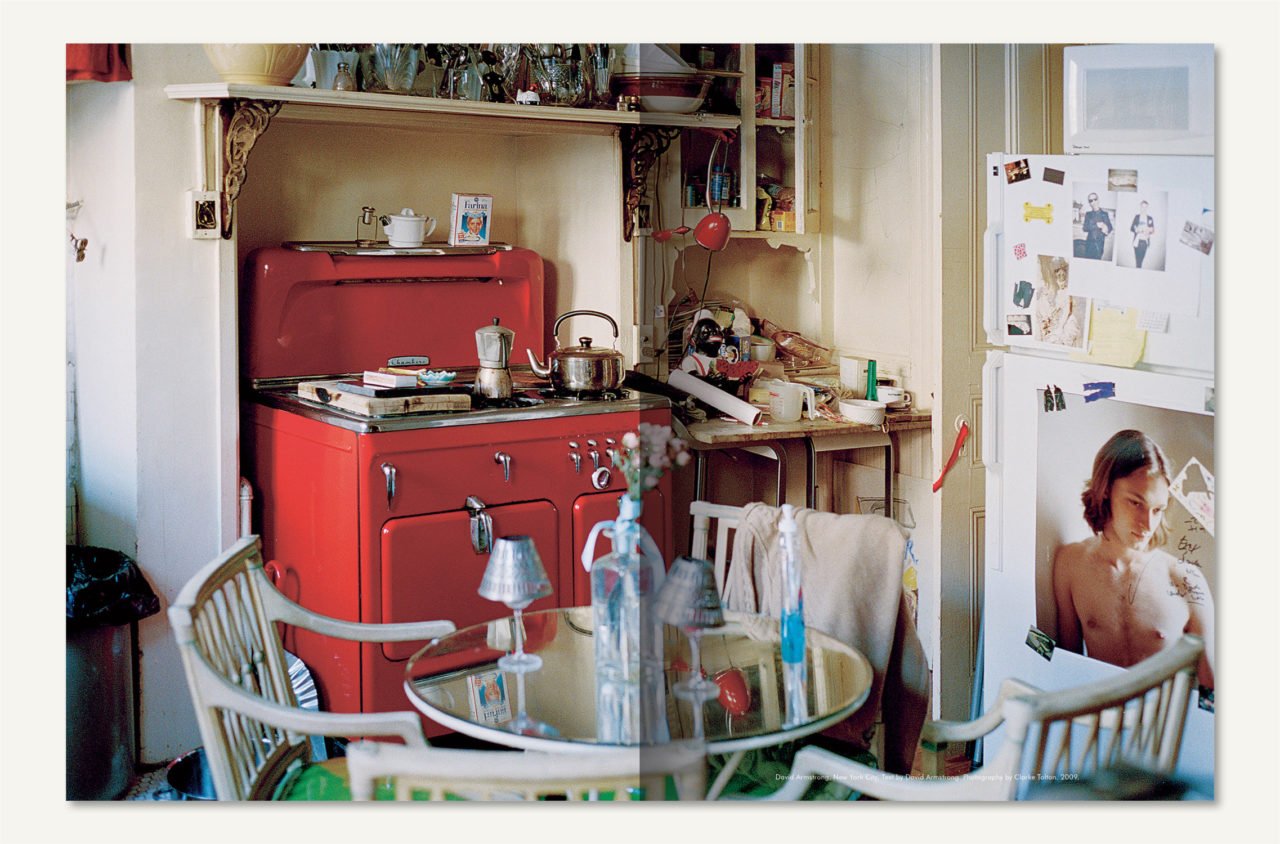In Barcelona in the fall of 2006 an unimaginable magazine was born. Three young men realised that they shared an aesthetic sensibility, an enormous curiosity about how people live, and a notion that the world that excited them was nowhere to be found in their current media landscape. So, with equal parts great ambition and great naïveté, the new acquaintances Omar Sosa, Nacho Alegre, and Marco Velardi became creative collaborators and business partners. Together they invented a new type of publication, which they named Apartamento, adding the curious tag line ‘an everyday life interiors magazine’. A wink that let you know this wasn’t about the day you got your place presentable for guests, a dinner party, or a photoshoot, but all the rest of the messy, beautiful, and boring days in-between. How your life is lived when no one else is watching.
Why unimaginable? From its inception Apartamento was at odds with dominant cultural clichés. First there was the incorrect but widely held assumption that architecture and design were macho fields, while homemaking and decorating were historically considered either female territory or the realm of gay men. A cliché that often stifled straight men who engaged in conversations and activities regarding home design. Incorrect because throughout history multitudes of straight men, architects like Le Corbusier and Frank Lloyd Wright, and interior designers like David Hick and Tony Duquette, and the media mogul Hugh Hefner (inventor of the bachelor pad) made spectacular contributions to our collective conception of what the inside of our homes could look like. Even so, the commercialisation of interior design, the media, and the marketing around it were often directed at female audiences. The founders of Apartamento were young heterosexual men in their early 20s.
Omar first had the idea that there was something to add to this category when he was looking at raw spaces in Barcelona. He scanned all the available interior-design media to try and find an inspiring vision for what he should do with his own apartment and saw nothing that spoke to him, his age, his taste, or his budget. He mentioned his dismay to Nacho and found out that the latter shared the same feeling and had already been experimenting with new documentary-style formats of photographing interiors. Being outsiders to a world they were intrigued by allowed them to approach the subject of interiors from an inventive, fresh vantage point: as anthropologists instead of ‘taste makers’. Instead of subscribing to the industry’s hierarchical divides along the lines of gender and sexuality, Apartamento presented all aspects of inhabiting space, from decorating to design, to a conscious lack of decorating and design, with equal respect and curiosity.
Marco explains their starting point, ‘In the beginning we’d always just stayed in our friends’ houses or on their couches, and that was the way we did it when we travelled. Maybe we’ve upgraded ourselves a little since then, but we’ve always been “parasites”. It was important to do that because we were fascinated by the different spaces we’d end up in. And the thing that brought us together was the imagery of those places. It’s an exploration of spending time with other people at their houses and looking at how they live. Maybe we’re voyeurs more than parasites. There’s some perversion in there, too’. The second widely believed notion at that moment was that print was dead, that the internet had replaced it, and that it would no longer be useful to our contemporary world. The trio ignored this warning completely. They focused on the old-fashioned medium, propelled by a desire to make a mark on a field that had given each of them pleasure, knowledge, and inspiration. Omar cites Casa Vogue, the work of Gert Jonkers and Jop van Bennekom (Butt, Fantastic Man), and the gold standard of alternative interiors magazines—Joseph Holtzman’s Nest—as important early influences. But whether by accident or design, the printed magazine became a key tool of Apartamento’s success. Since their publication focused on the objects inside a home it was important that the physical magazine could coexist with those objects in the homes of their readers. As Apartamento opened the conversation about interiors to an unrecognised audience, having copies of the magazine in your space signified your membership to an emerging global community—a marker of a shared post-materialist worldview.
But the most significant cliché that they casually disarmed, the radical position that set their project apart from all others in the category at that time (and perhaps the reason why you have bought this book 10 years after the first issue was printed) was the trio’s unique relationship to consumerism and status. Aside from a few ground-breaking publications such as Nest, interior design had been almost entirely the domain of the wealthy, and the design media’s job was typically to report on capitalism’s biggest winners and their prizes—the celebrated architect and interior designer, designing the trophy house, filled with fashionable furniture. This approach is a powerful generator of aspiration, making it a key tool for advertisers, a system that had become so dominant that it almost blocked any other possibility. This of course was nothing new; already in 1840, Edgar Allan Poe had offered a withering critique of ‘the corruption of taste’ in his famous essay ‘The Philosophy of Furniture’: ‘The cost of an article of furniture has, at length, come to be, with us, nearly the sole test of its merit in a decorative point of view … There could be scarcely any thing more directly offensive to the eye of an artist than the interior of what is termed, in the United States, a well furnished apartment … Undue precision spoils the appearance of many a room’.
It’s true, the best that money can buy is and always will be subject to mass fascination. There is no denying that the spectacle, whether vulgar or beautiful, is dazzling, fun, and sometimes even inspiring. The images of perfection that dominate the design and lifestyle media are often so pristine that human life itself looks unwelcome. The endgame has nothing to do with the actual life lived.
So, if the moneyed life is dominated by a monotone pursuit of perfection, what are the life goals of the creative community? How do painters, sculptors, photographers, novelists, editors, gallerists, film directors, fashion designers, furniture makers, and musicians live and how are their values reflected in their living environments? Although, it’s important to note that this humanist, punk editorial philosophy is not anti-wealth. The only thing they are against is a lack of personal vision. Omar explains, ‘We feature people in Apartamento that are rich. We feature people that have decorators. The mix is what creates an interesting magazine. The important thing is that everyone has a vision—that you can see the reflection of their lifestyle in their house. Some people we feature have not very attractive apartments because they don’t care. They focus their energy on something else, and that is relevant for us, too; for many interiors magazines that would be a no! “OK, he’s a very interesting filmmaker, but the apartment is terrible. He can’t be in an interiors magazine”. We do it. If we like the person’s work, we don’t care’. Apartamento became a genre-defining cultural magazine by finding the right tone to ask the right questions at the right time and then opening up its pages to like-minded contributors to answer and explore those questions collectively. By elucidating what they would like to see themselves, Marco, Nacho, and Omar asked, first, can a lifestyle/design magazine celebrate people’s creativity regardless of the size of their wallet? Second, can it showcase reality over fantasy? Third, is there another way beyond conventional status markers to assess the value of the well-lived life? And, fourth, is there a contemporary bohemia and, if so, what does it look like?
With this starting point the trio went to work creating their first issue, and even though they have jokingly referred to their collaborative process as a ‘car crash’ they quickly came to understand that working as three was an important strength. On a practical level, when they started they each brought a different but essential skill set to the table: Marco’s experience was in publishing, Omar worked as a graphic designer, and Nacho worked as a photographer. Combined, they had the technical know-how needed to bring their vision into reality. But even more essential to their long-term success was the micro democracy’s editorial-approval process. In their system all stories, formats, and ideas had to be signed off by all three partners. Having to win each other’s approval brought an even higher level of conviction to every detail. ‘The truth is we used to fight all the time. The hours we’ve spent fighting over the years has been a lot of hours, and that’s what creates the magazine. That fight, those differences, and then the willingness to trust each other’, Omar explains.
And besides having three times the passion, with an editorial board that is two parts Spanish and one part Italian, the other key by-product of having three editors is a much wider pool of curiosity. The trio is sceptical of calling themselves curators because it implies a studied, comprehensive knowledge of each creative discipline before electing each profile; this is not how they work. Their selection process is based entirely on personal interest, a gut intuition; they are making the magazine they would like to read themselves. But their selection is the extent of their presence in the magazine. ‘The thing with Apartamento is you never hear our voice or see our face’, Nacho explains. ‘I think that is one of the key elements and maybe why people relate to it. In most other magazines you hear the voice of the editor, somebody’s opinion; there is nothing like that behind our magazine. We don’t point out things to buy. We have nothing to do with that, and I think that’s important’. As editors, the trio has spoken directly to the reader only three times. In the first issue they defined their succinct but flexible mission, stating that the magazine would celebrate ‘the domestic, the special, the ordinary and the not-so-ordinary, the unfinished and the personal, the austere and the baroque, the imaginary and the tangible’. But what really illuminated these concepts was their first cover. The image showed a tightly cropped sliver of an anonymous living room, the corner of a navy-blue sofa, half a grey pillow, the space is covered in piles of paper, and hundreds of different types of magazines are scattered about. ‘The cover of issue 1 was like a manifesto!’ Marco exclaims. ‘It was really like the darkest, dirtiest, and least quality image that we could find, but we fell in love with it, it was so punk! I wouldn’t choose it now, but to choose such a bad image, I think it is fantastic for an issue 1. It was a declaration: we want a mess! We want real interiors!’ Magazine shops had a different take: they found its raw sensibility to be vulgar and unsellable. The trio often had to personally beg store owners to even put the first issue out on the shelf. But once they did, the jarring, rule-breaking originality of the cover helped to quickly sell out the first 5,000 copies.
In their 10-year anniversary issue Marco, Omar, and Nacho took the opportunity to use their voice directly once more: ‘Ten years is not such a long time, but the years between your early 20s and mid-30s compress so many of the big changes that define your life as an adult. We’ve grown up together, shaped each other, fought with each other, and now it’s hard to imagine life without each other. The three of us but also our managing editor, Robbie Whitehead, the people that have passed through the studio over the years, our advertisers, and all the writers, photographers, illustrators, contacts, friends, friends of friends’. Through 20 issues, hundreds of special projects—gallery exhibitions, collaborations, cookbooks, children’s books, gentle, unpretentious small-scale launch events that often brought people together over a home-cooked meal—this humble but sprawling project has intimately connected thousands of people across generations, disciplines, locations, and cultures, from New York City to Barcelona, from Buenos Aires to Tokyo, and everywhere in-between.
This book is a tribute to these connections, showing us visually what they have in common. It further shares the moments that tell us about how and why people who have chosen to live outside of society’s conventions have achieved the life they desired. And at the end of all this, what we have collectively learned from Apartamento is one meaningful and comforting fact: there are no general rules for how we should inhabit our homes or live our lives.
This is a text by our contributing editor Michael Bullock and it’s featured in our new book The World of Apartamento: 10 Years of Everyday Life Interiors. Available for purchase now on the Apartamento Magazine Online Shop.
Published by ABRAMS Books.
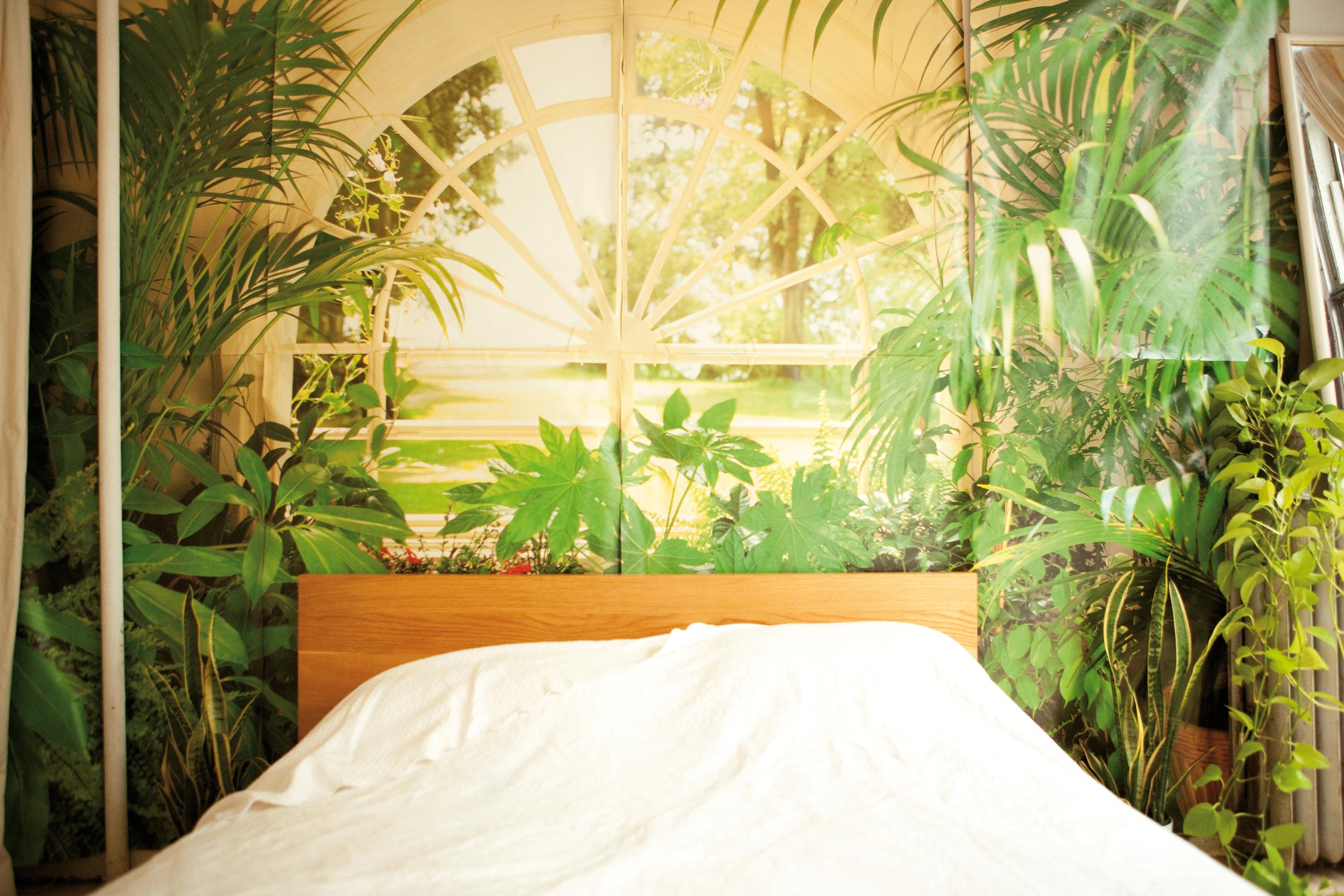
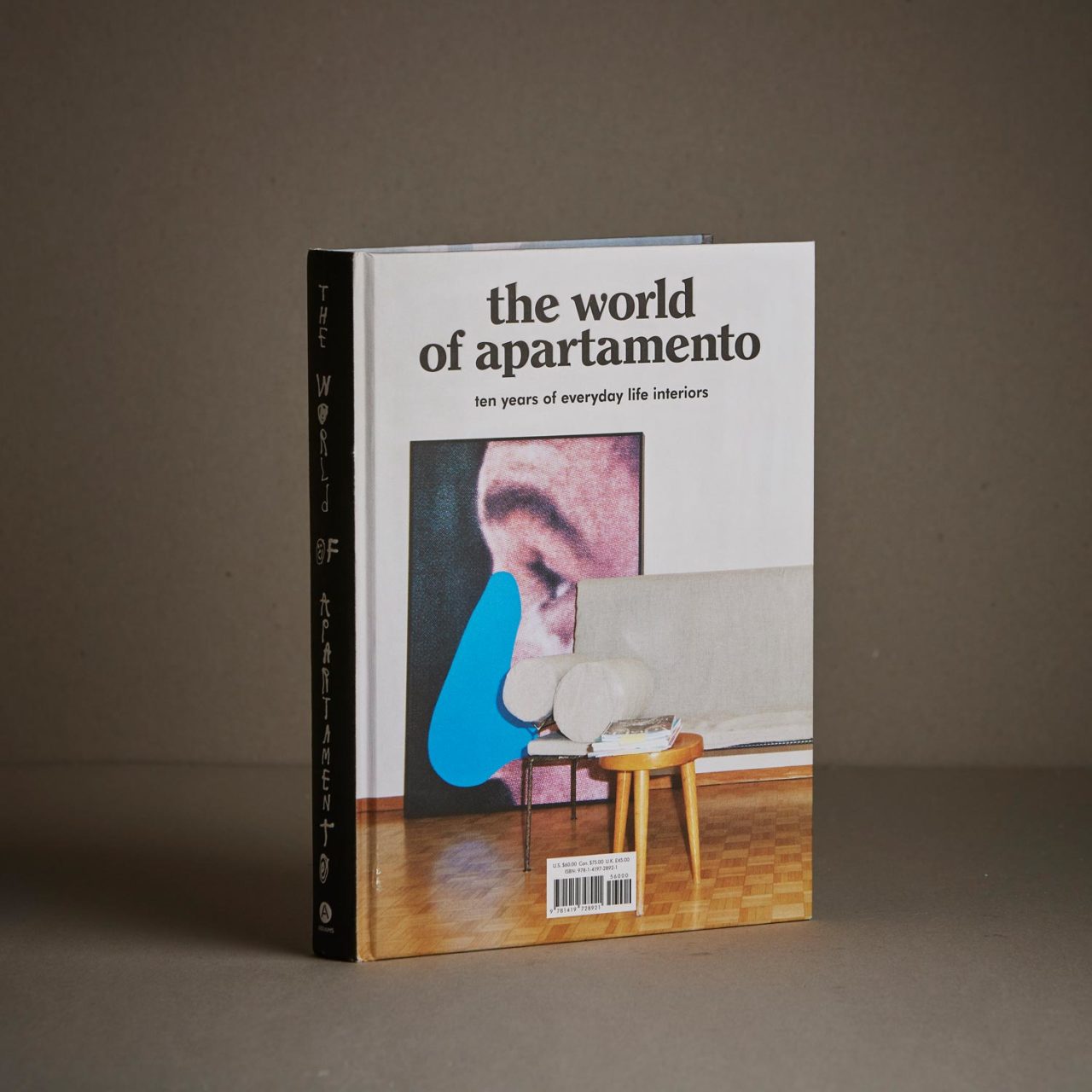
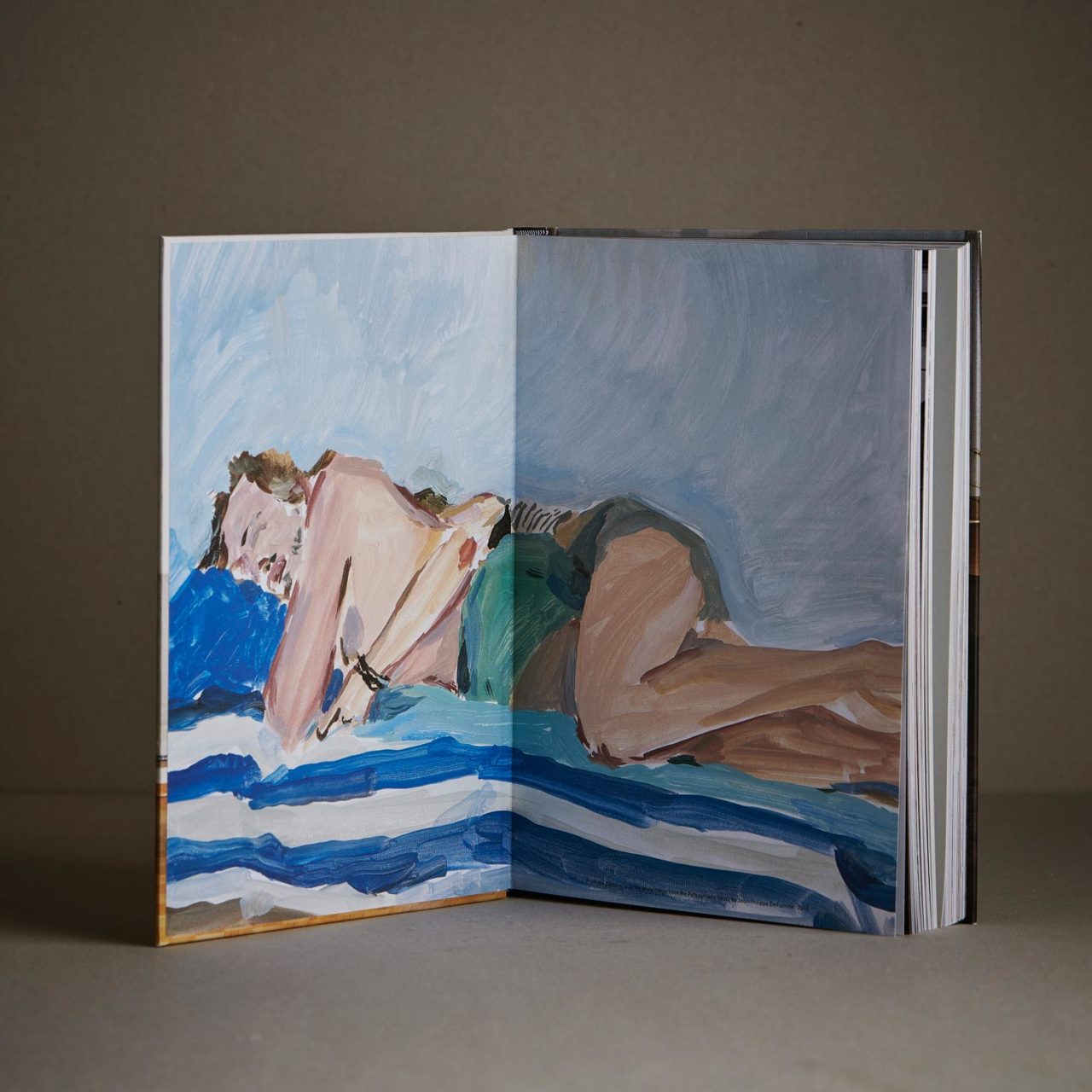
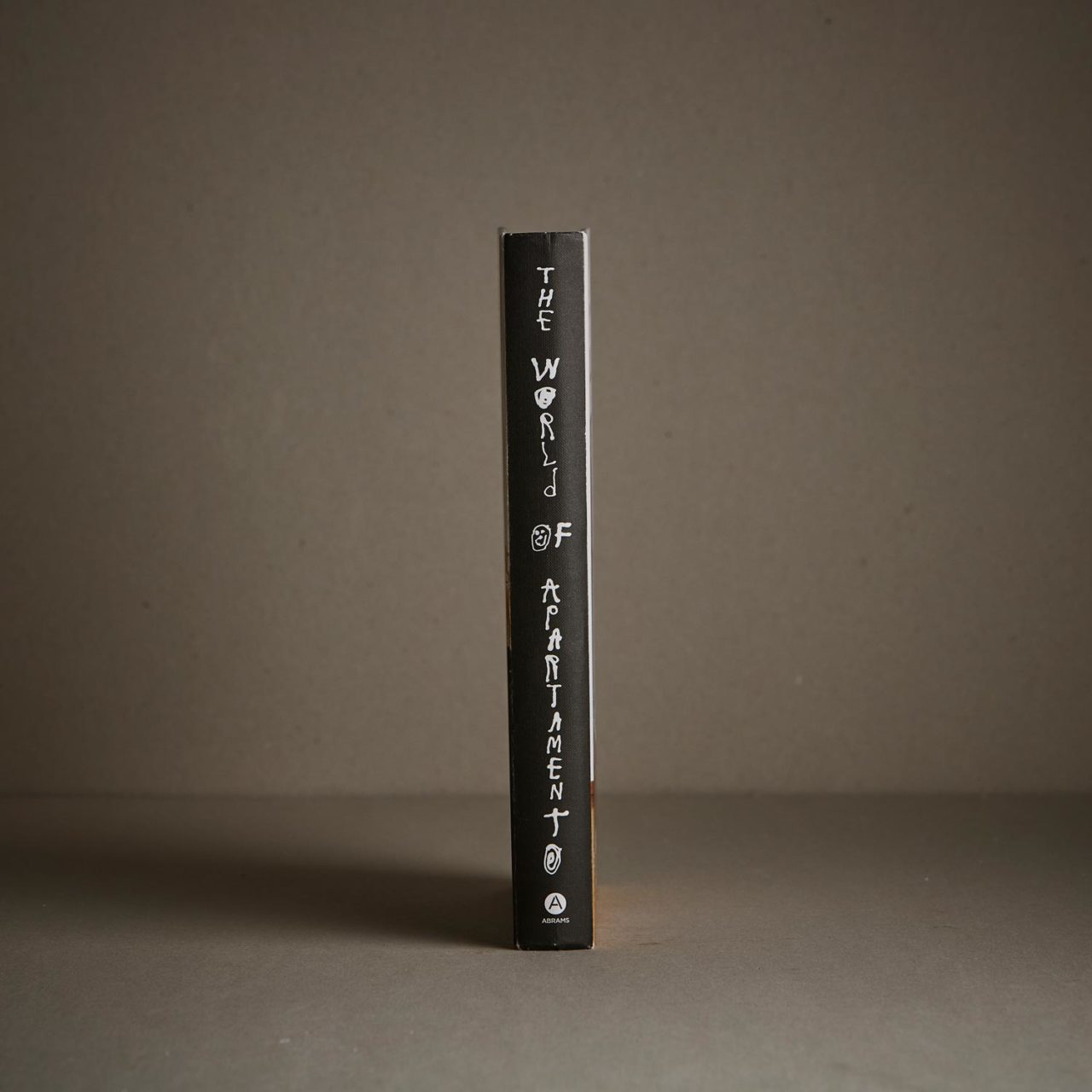

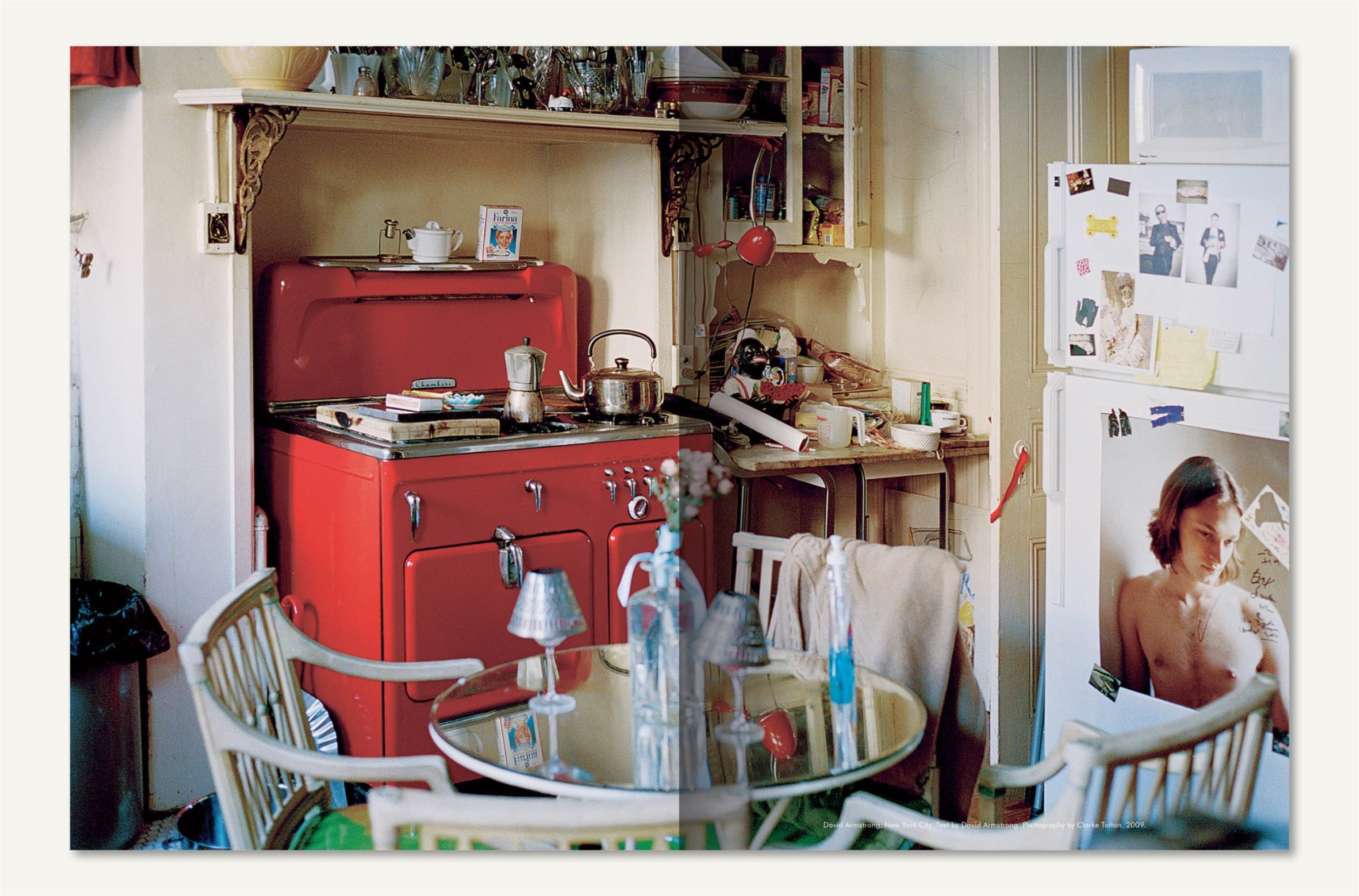
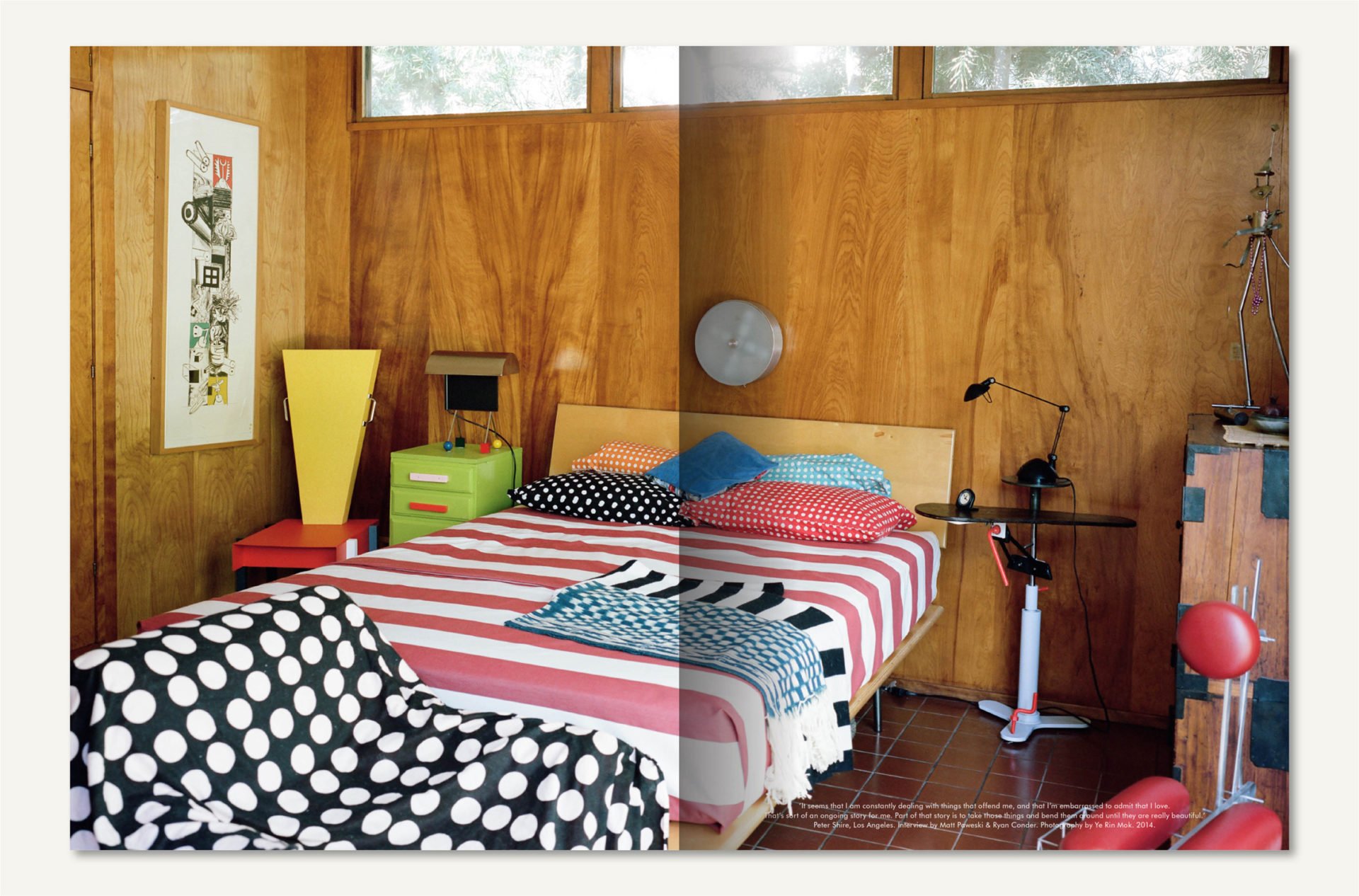

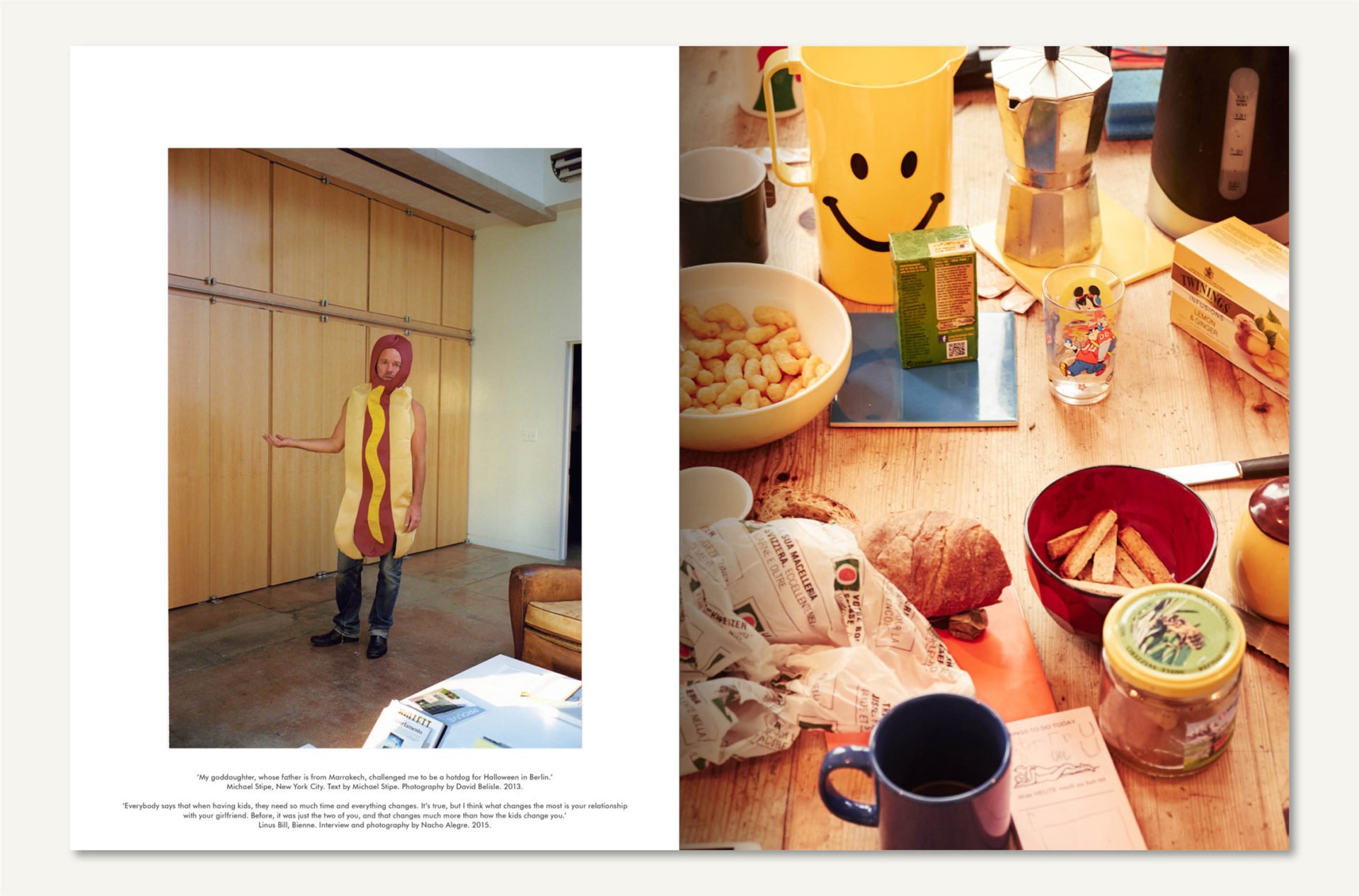
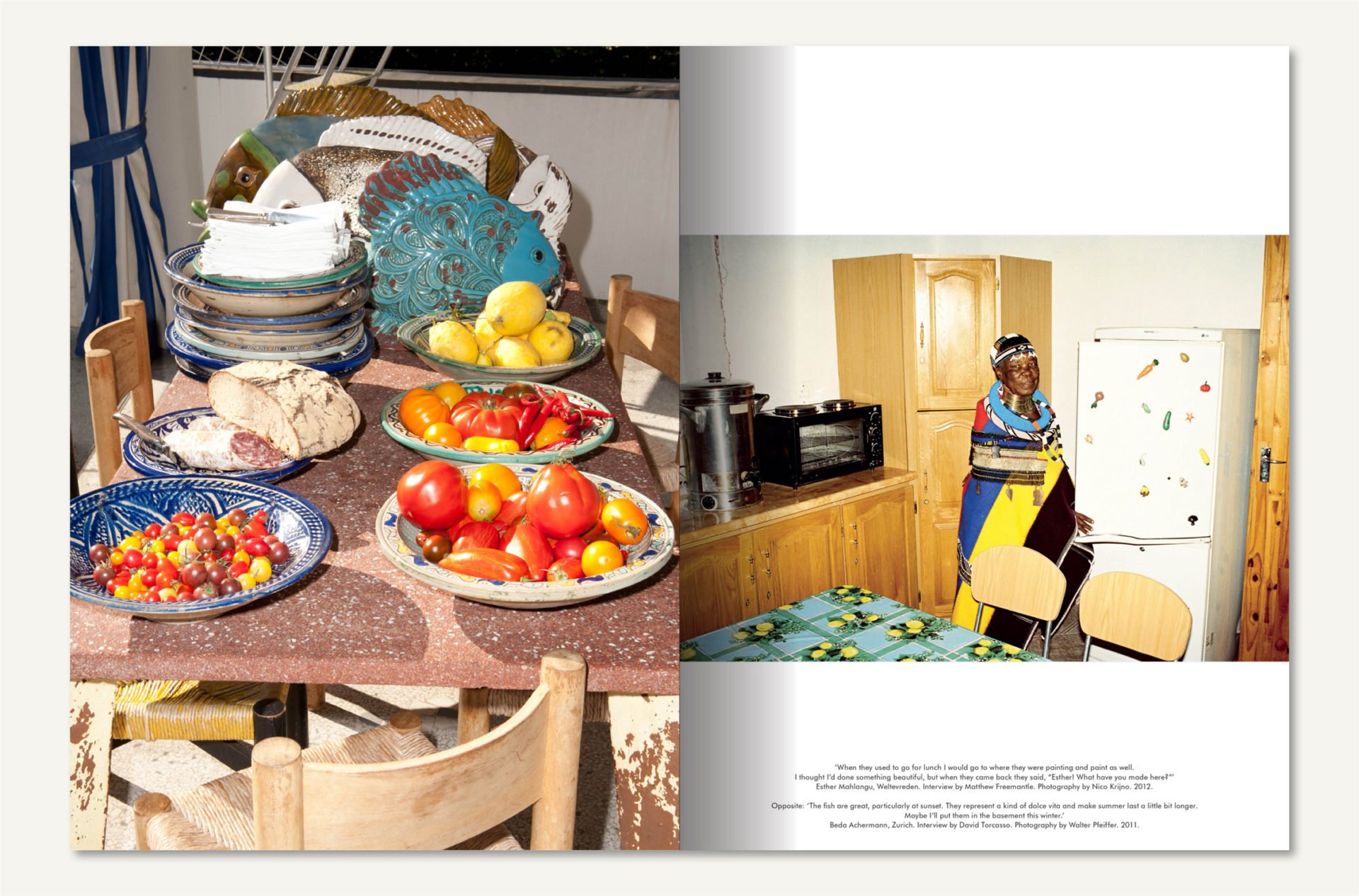
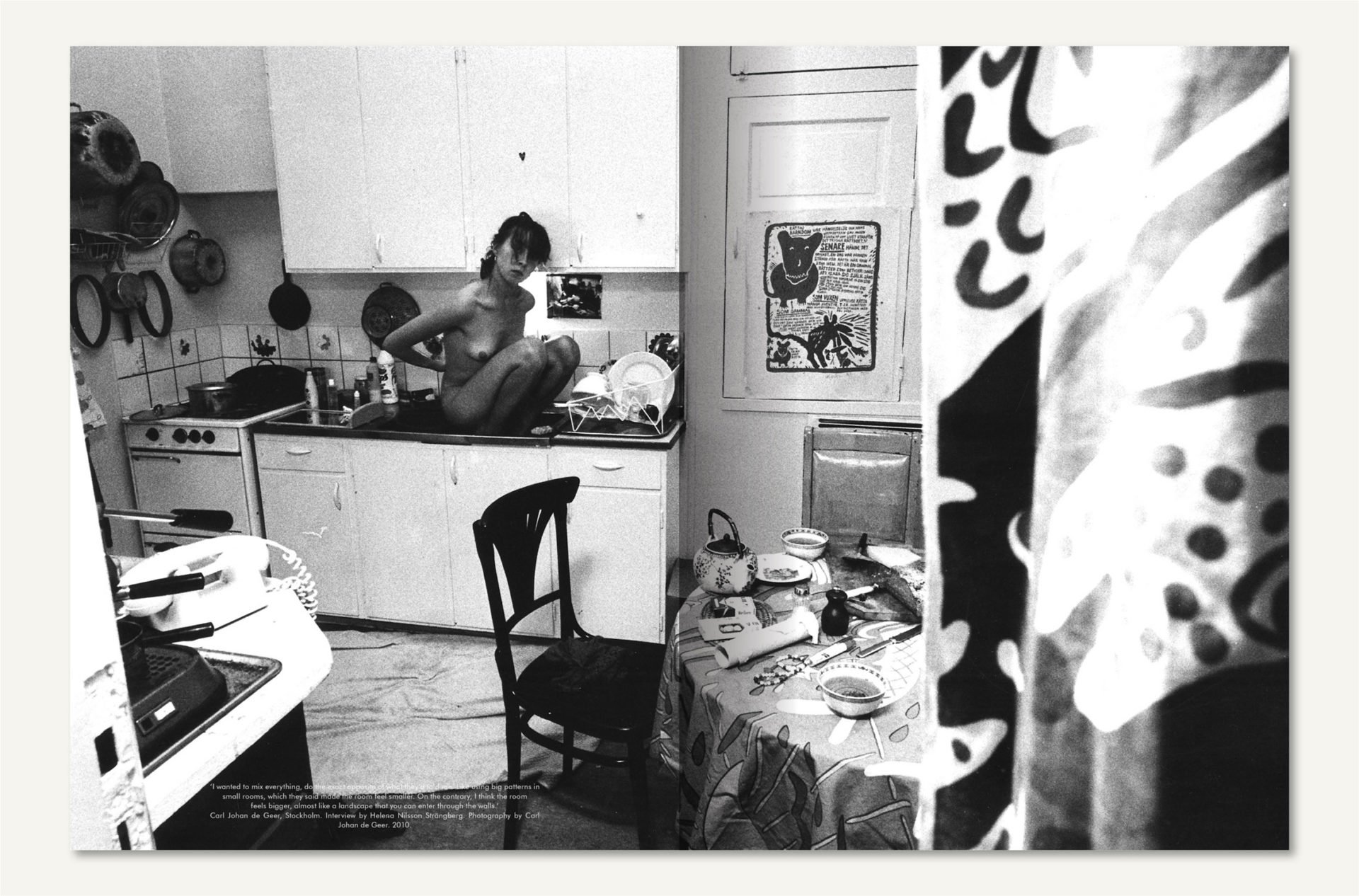
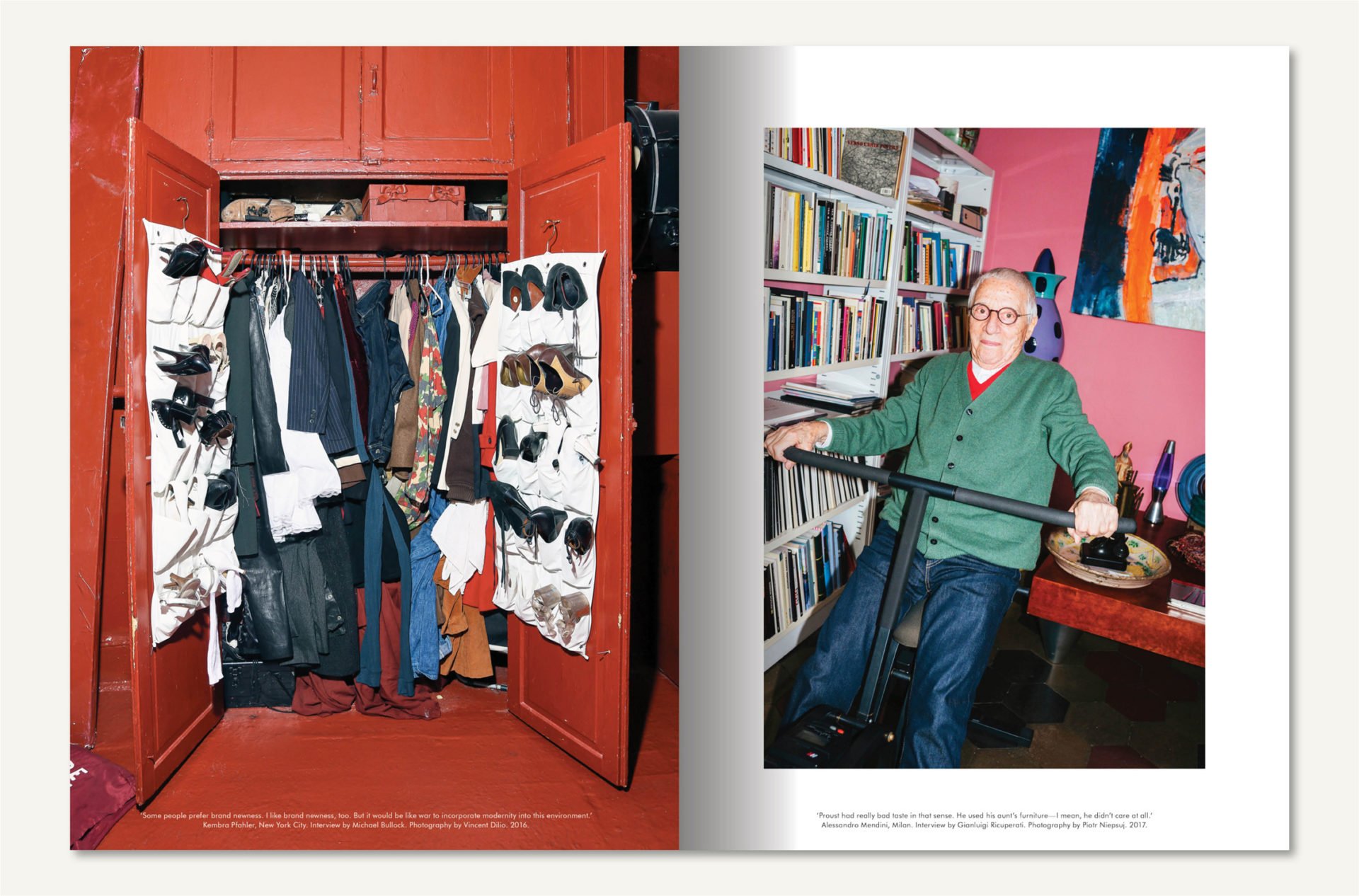
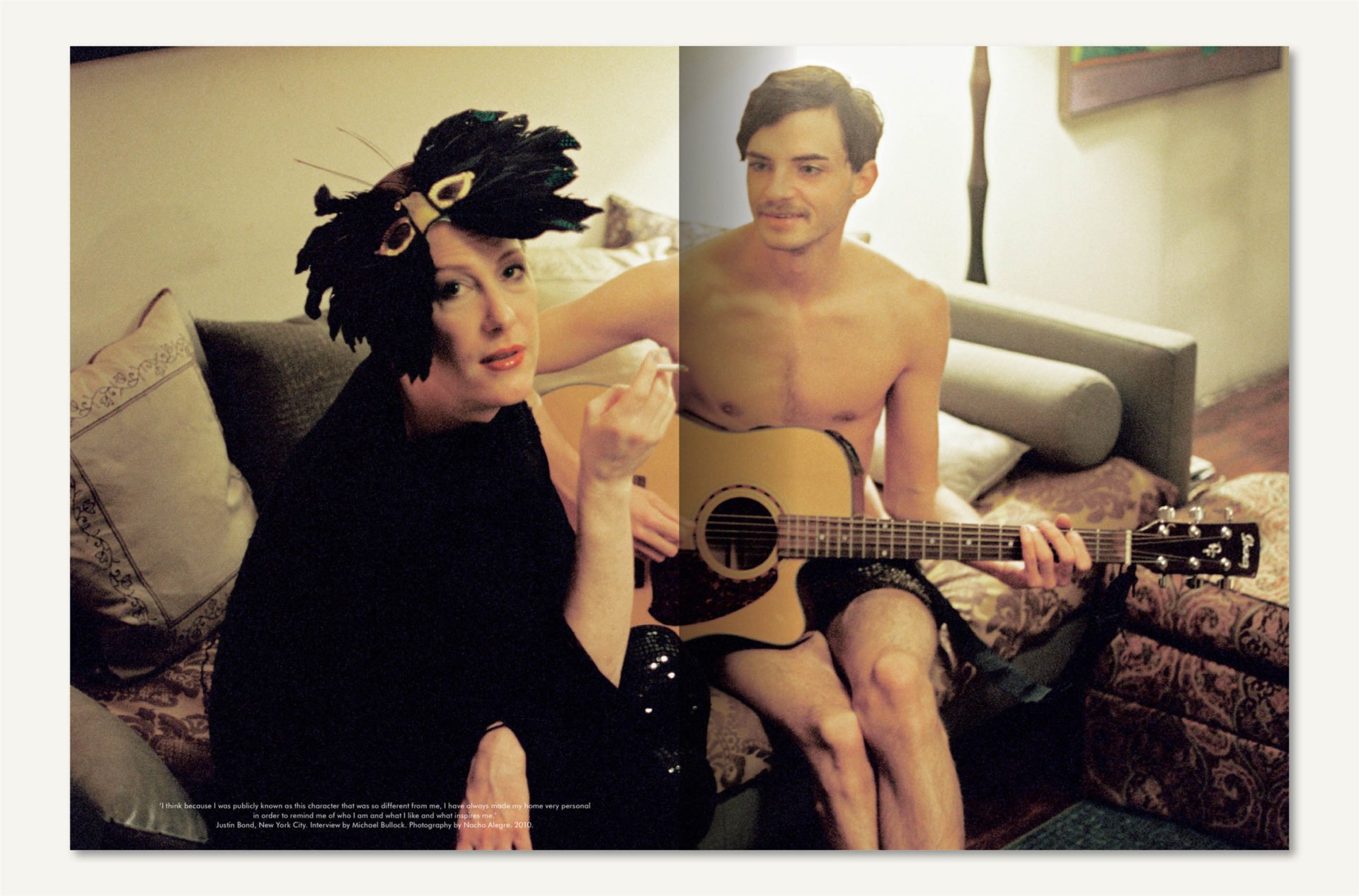
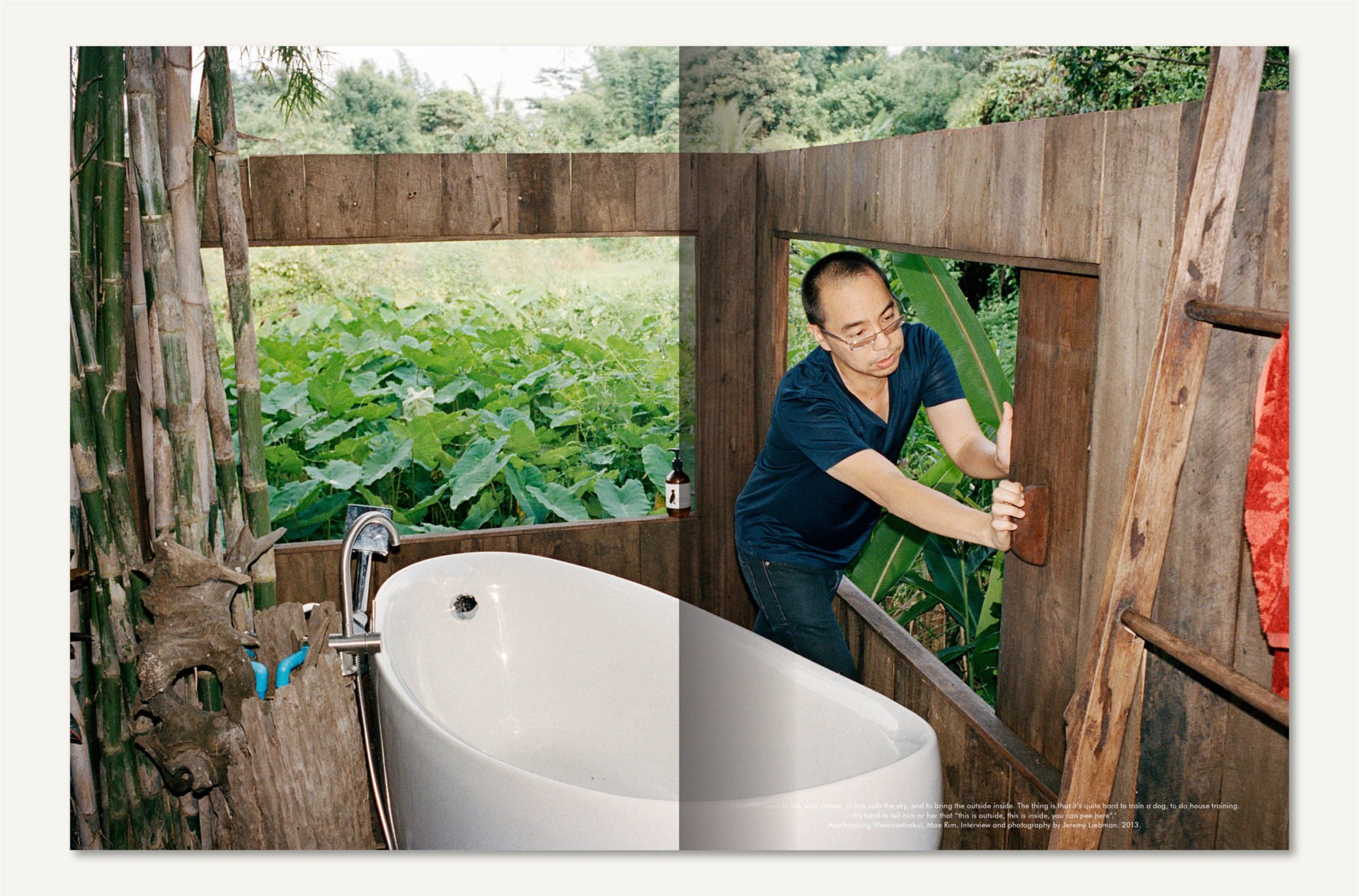

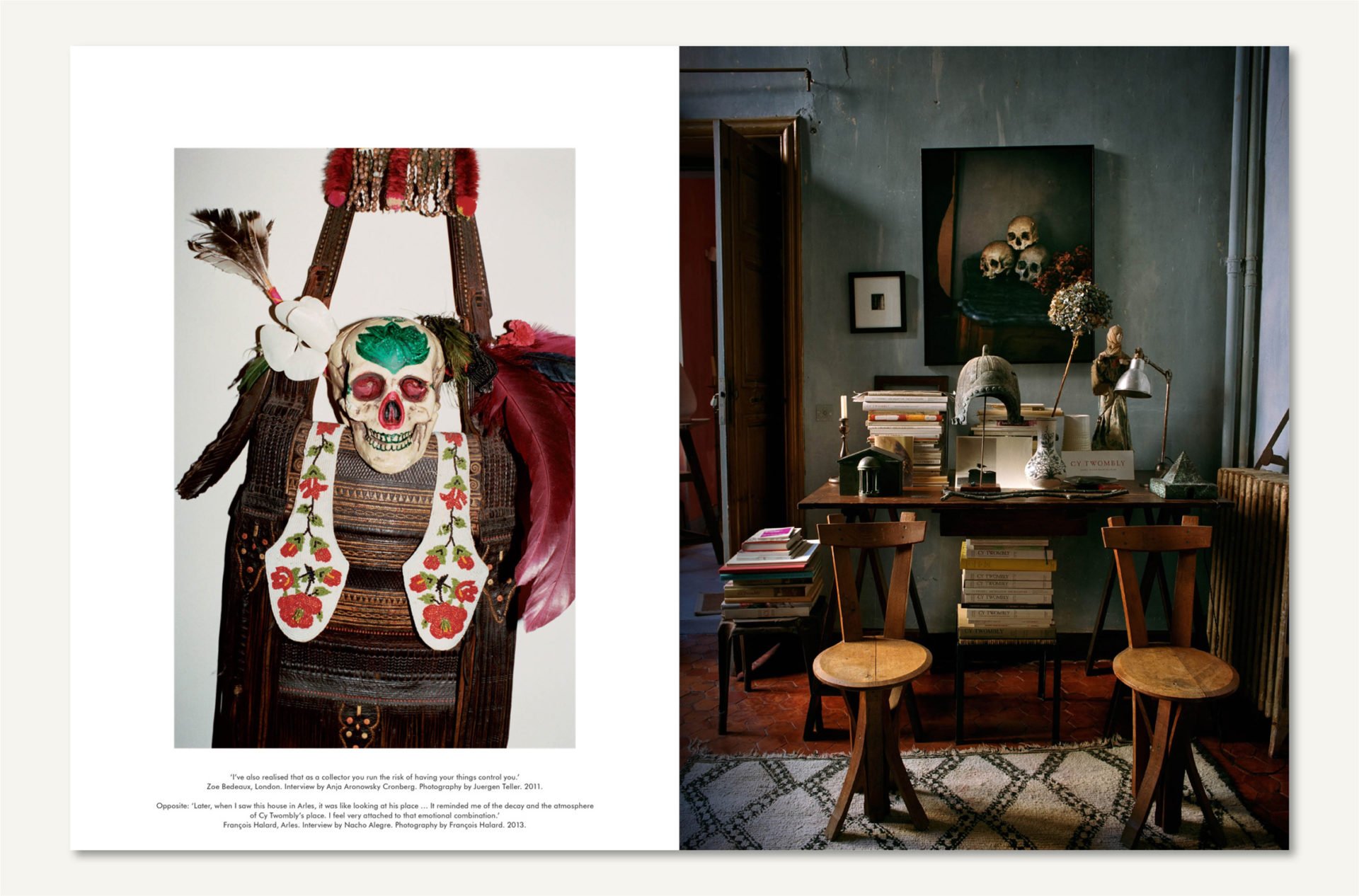
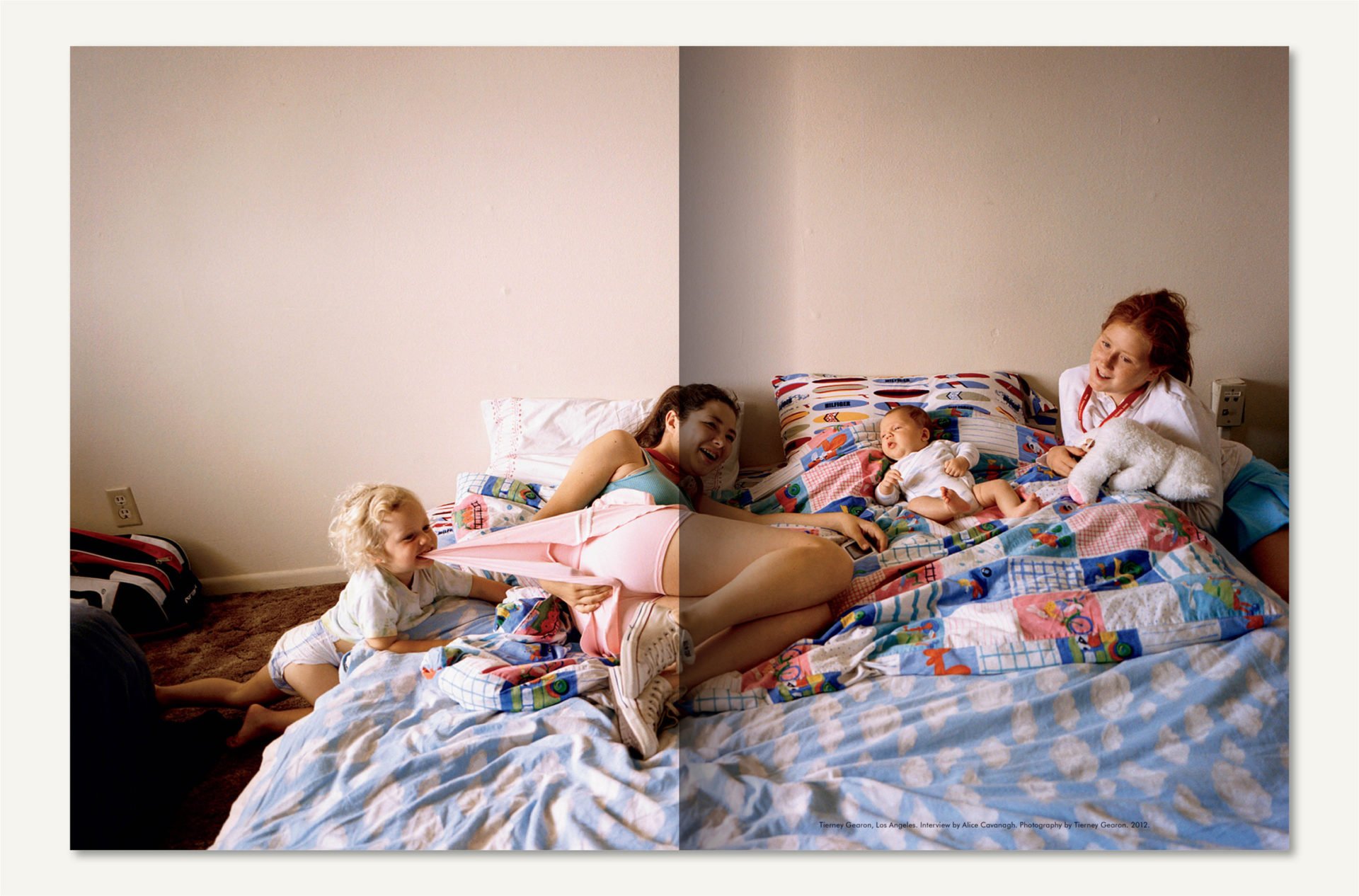

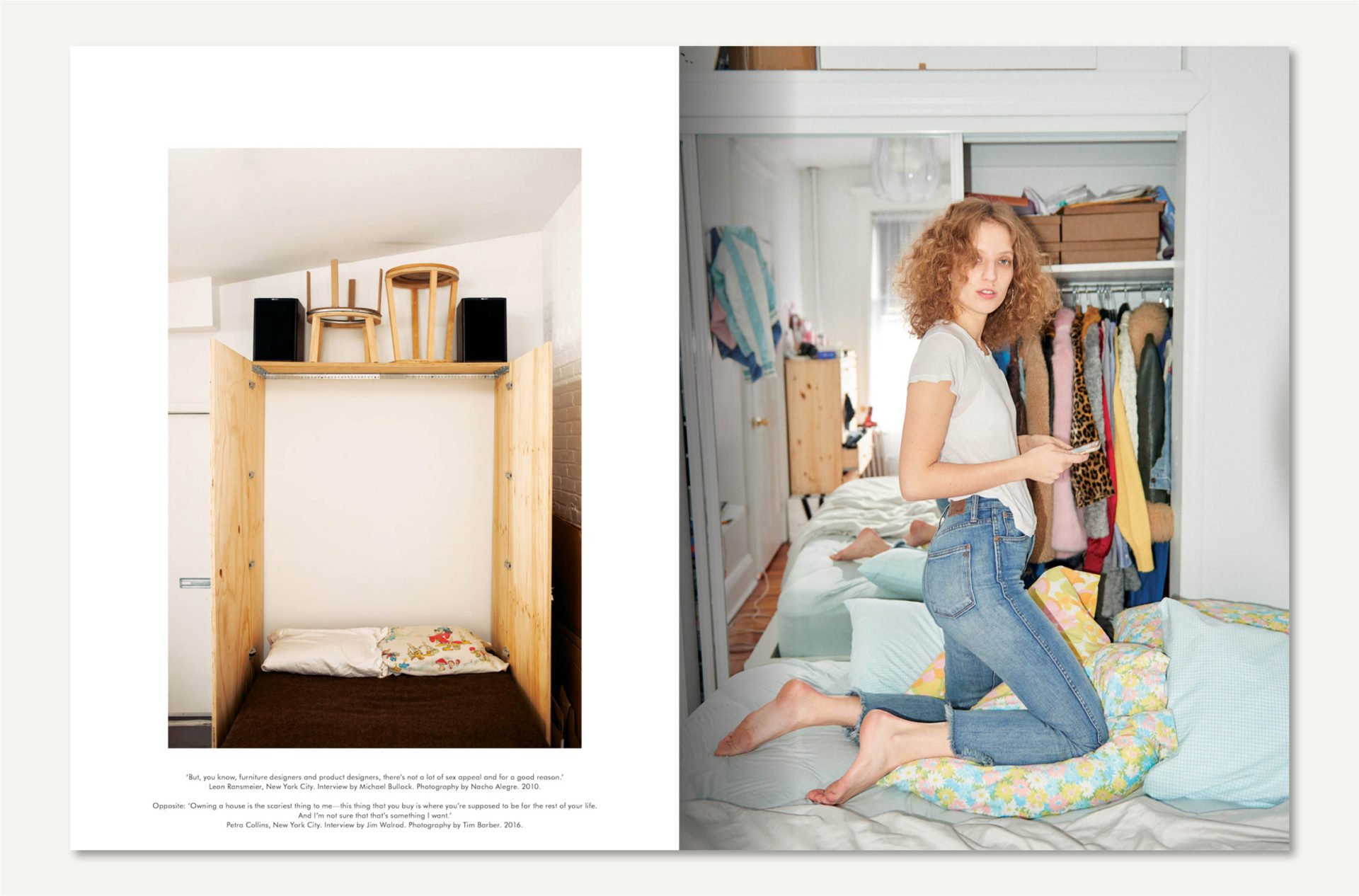
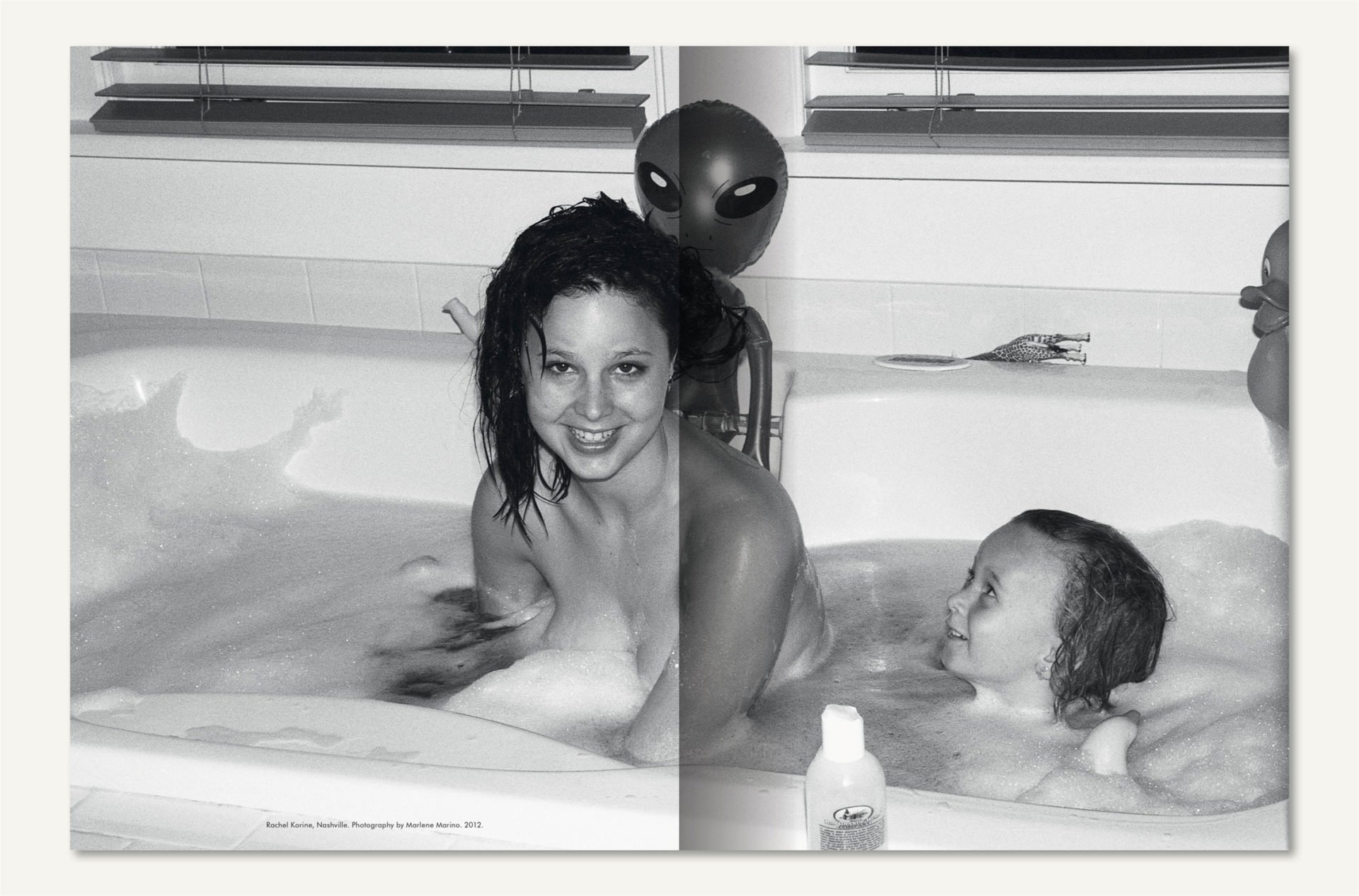


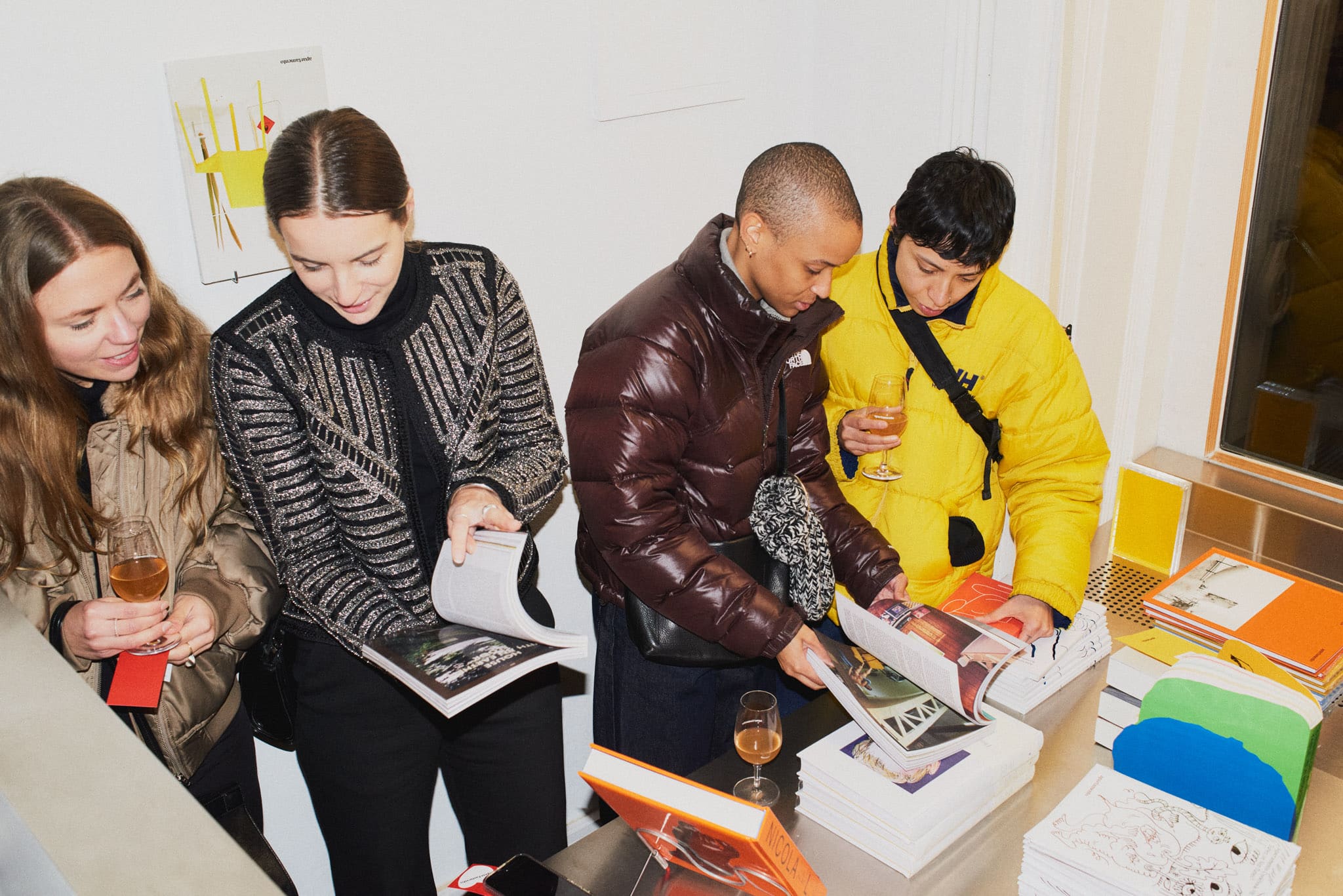
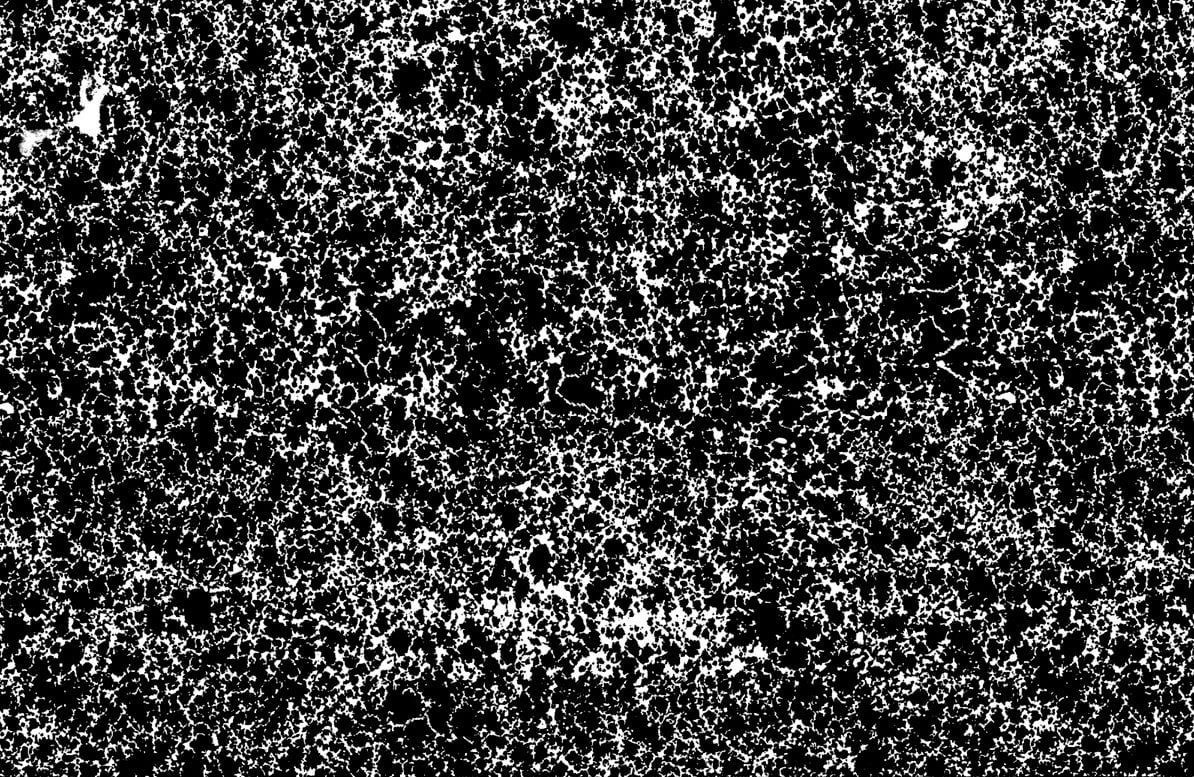
 close
close



